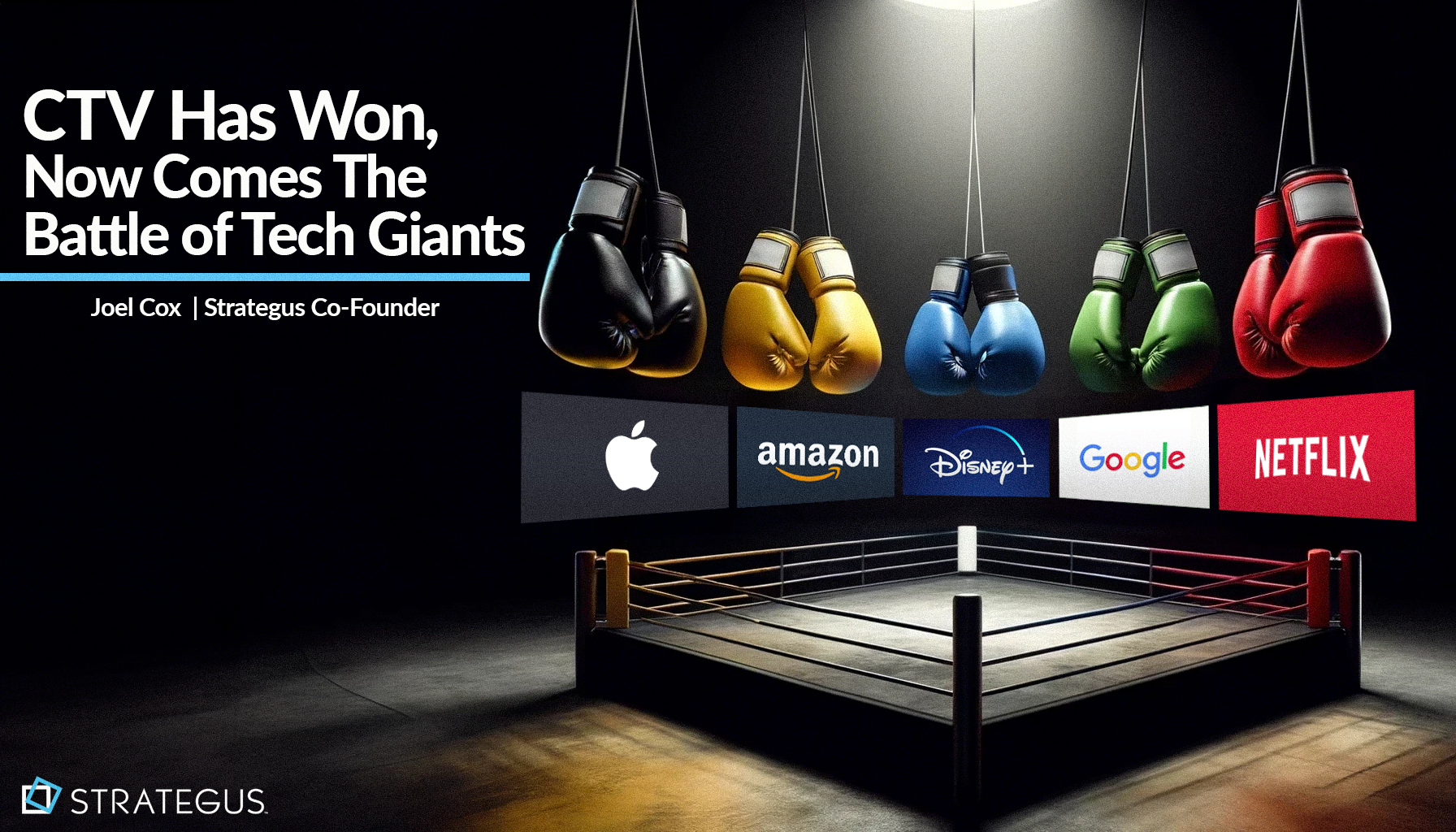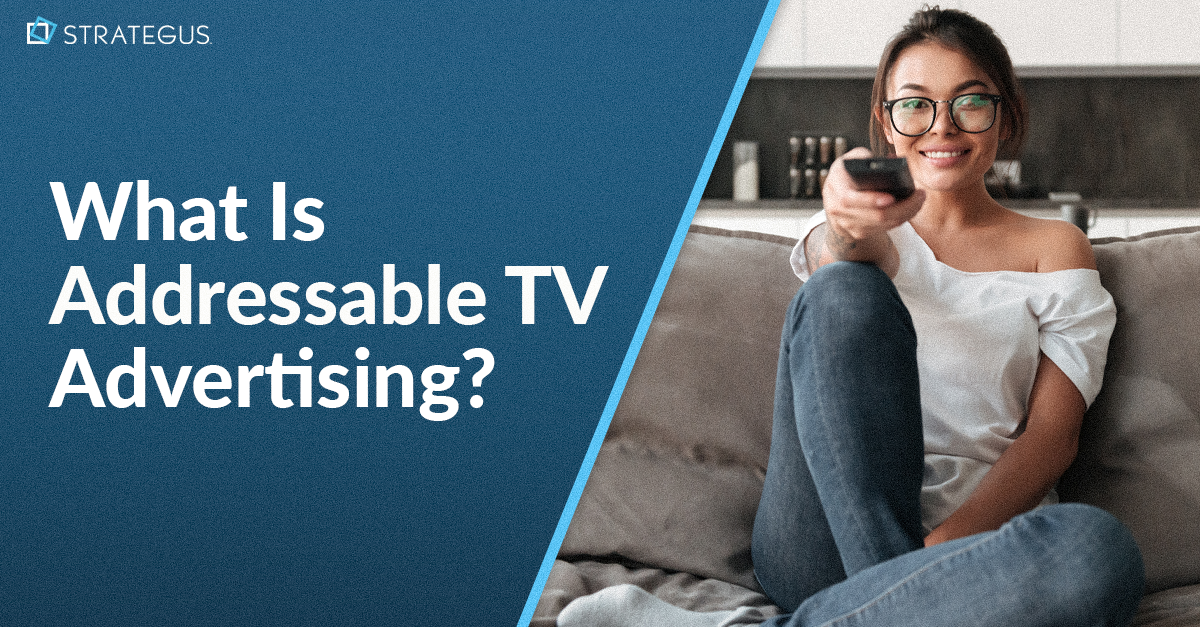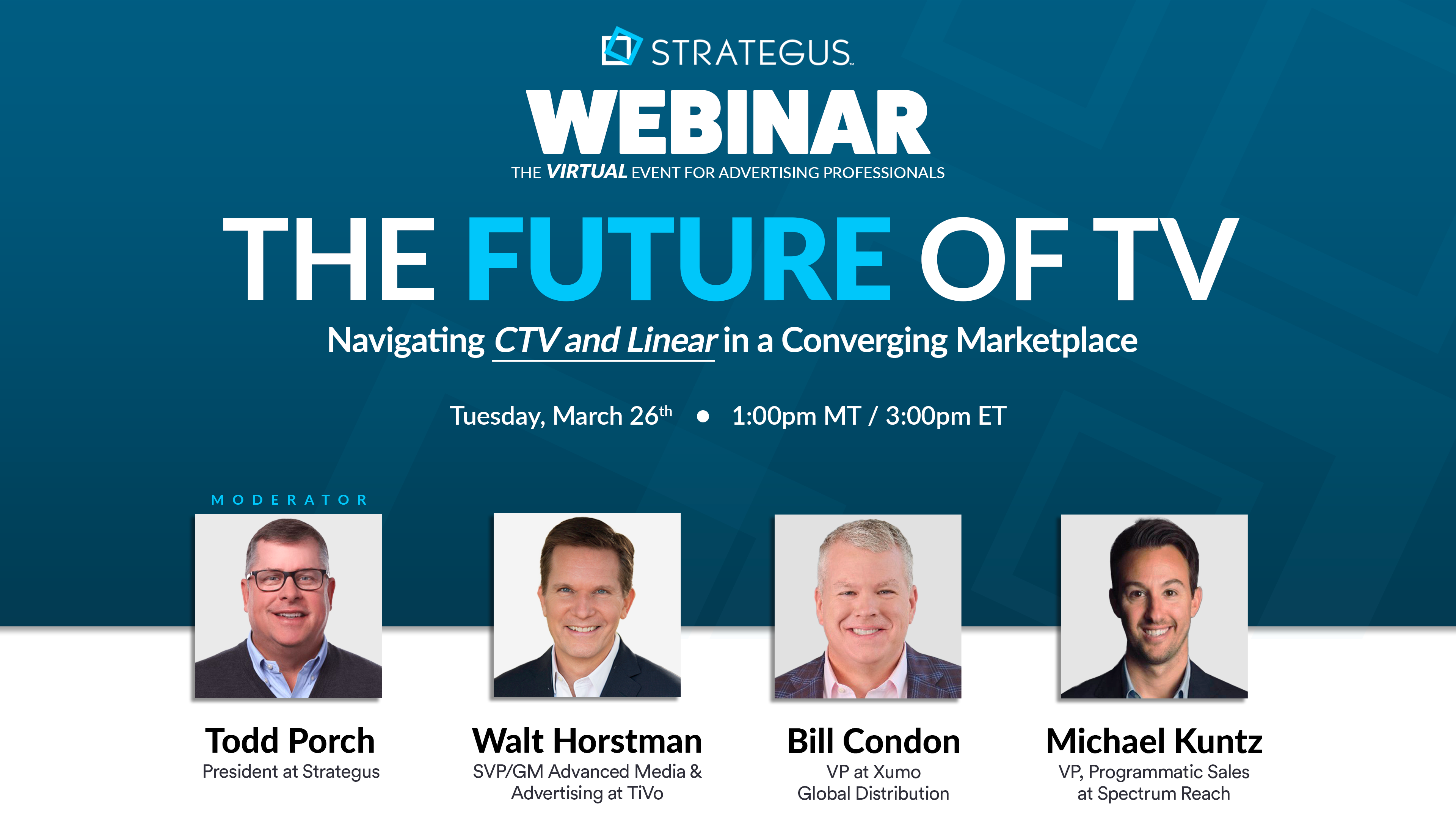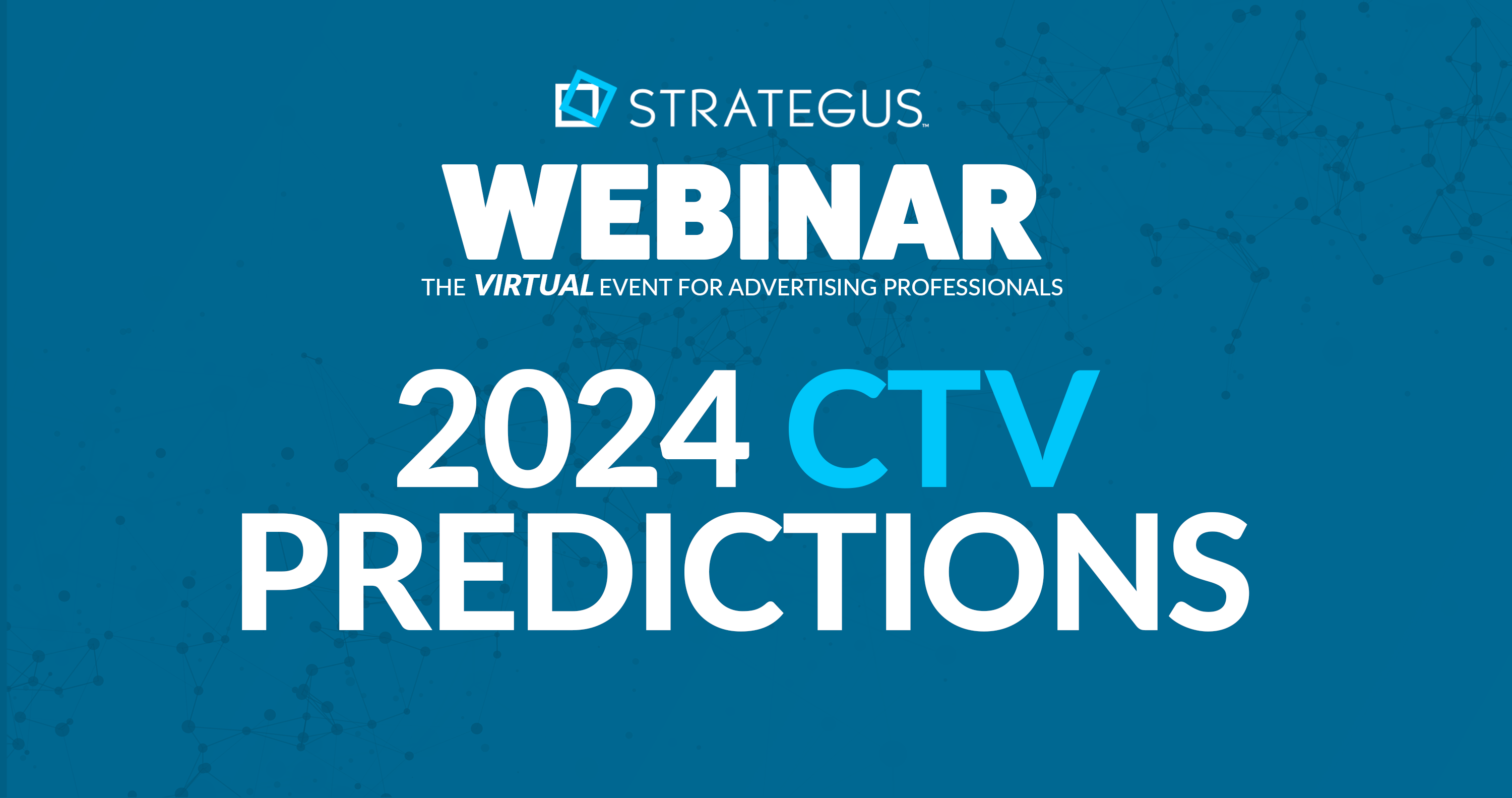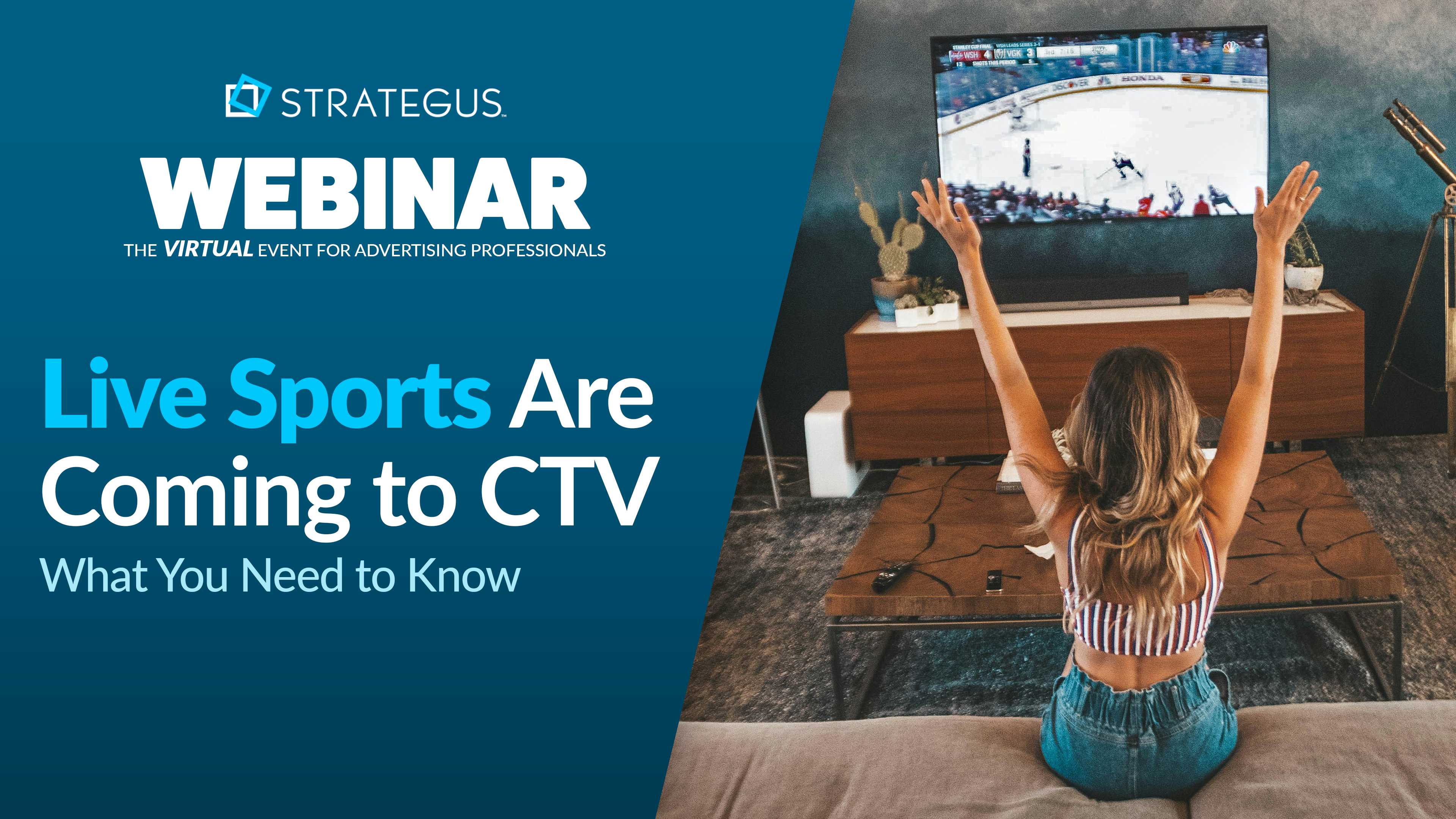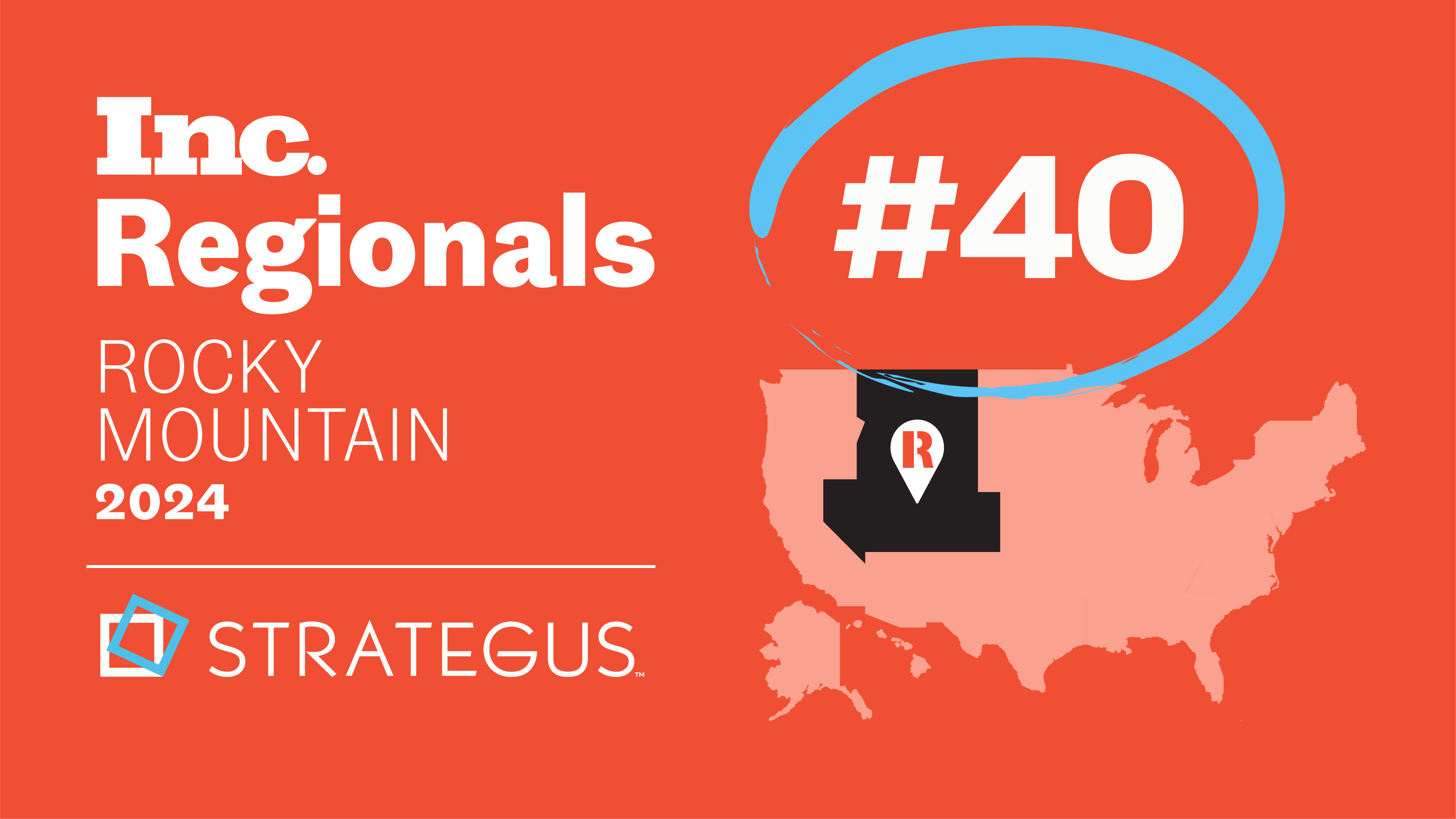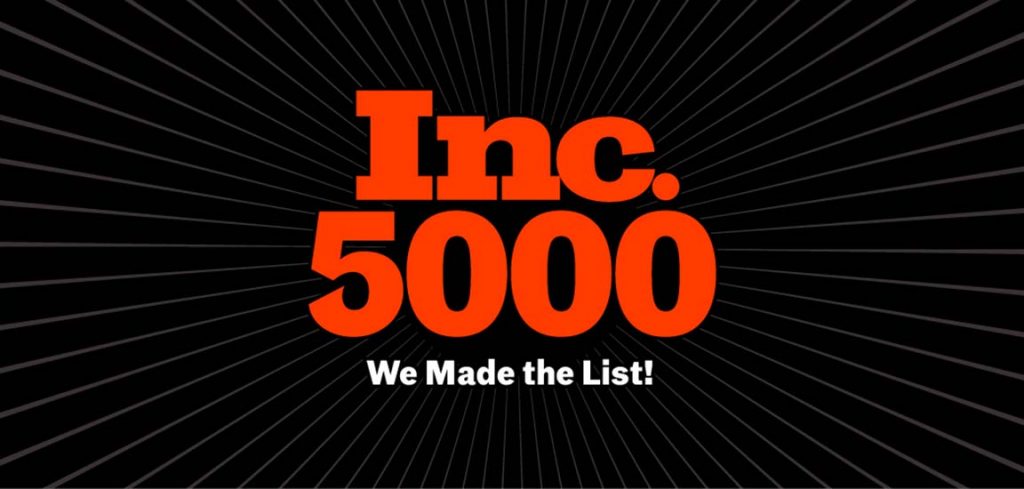Reach, Frequency, and Impact: Utilizing Different Media Effectively
 Andy Dixon
Andy Dixon
6 minutes read

Exposing leads to your brand through a controlled marketing campaign is crucial for gaining new customers and driving sales. But, overexposing viewers to the same advertisement can quickly turn the relationship sour and waste a lot of money along the way.
As modern marketing industries continue to analyze what makes some campaigns work and others fail, one core conclusion from AcuityAds can’t be ignored: “Ad effectiveness declines as consumers become inundated with the same ads.”
While this conclusion isn’t surprising, it can be hard to work around. In this blog, we’ll answer common questions like What does reach mean in marketing? How to calculate reach from impressions? And include ways to control advertising frequency for greater impact.
The Truth About Reach, Frequency, and Impact
Marketing Reach Definition
Reach is the total number of households or (with modern, online advertisements) the number of individual consumers exposed to a specific medium or entertainment platform over a standard time.
What Is Ad Frequency?
Frequency is the average, approximate, or exact number of times a specific household or individual has been exposed to the same advertisement. Marketing platforms can measure the average frequency by dividing the number of impressions by the number of unique viewers or listeners. More in-depth platforms can track the exact frequency for individual consumers.
What Is Advertising Impact?
Impact is the measure of how quickly and completely members of the audience receive the message. This is affected by the consumer’s individual need or interest in the message, the message itself, and even the advertising mediums.
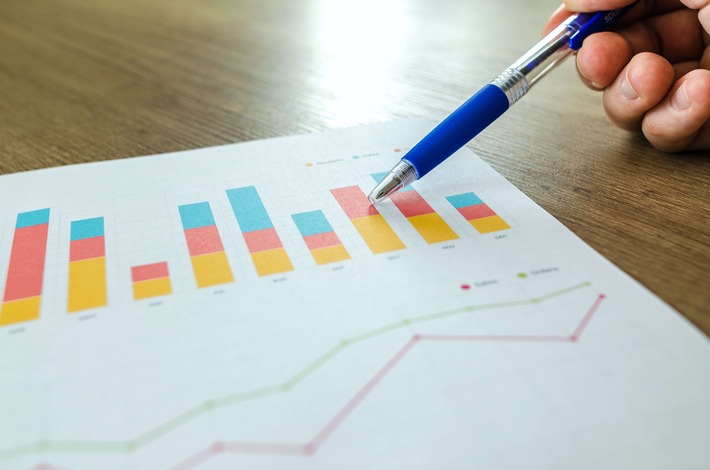
Once you understand these three concepts and how they interact in any marketing campaign, you can start to optimize your strategy instead of simply releasing more ads.
Each campaign should have its own specific goal, so there is no one-size-fits-all strategy.
For example, brand recognition campaigns might focus on increasing your reach to engage with new consumers. But a sales campaign should zero in on your core shoppers.
Some of the many considerations that should factor into your reach and frequency metrics include:
- What the product is and how often do consumers need it
- How consumers view your brand and your product
- Adapting the market reach definition for you
- How impressions refer to your campaign goals
- Calculating reach and reinforcing your long-term goals
Your chosen advertising medium also matters. A sponsorship within a podcast can be lengthier and use the podcaster’s wording, while a traditional television commercial is very scripted, polished, and short.
Different media also have different costs, which will affect the frequency and reach your marketing budget can allow.
Many marketers use omnichannel campaigns to leverage different platforms and messaging within a single campaign to increase engagement without risking ad fatigue.
OTT and CTV Advertising
OTT/CTV platforms are an increasingly popular medium for modern marketers and their audiences.
Streaming online television services allows advertisers to deliver television advertising to modern viewers while also allowing platform owners and marketers to better personalize advertising messages and exposure to different marketing campaigns.
But it’s important to remember that OTT/CTV platforms are double-edged swords. Viewers can’t skip over ads, so your ad will likely get your viewer’s attention. However, if you don’t carefully manage your campaign, the ad might reach the wrong viewers, and that’s a waste of marketing spend.
Also, your viewers may be exposed to the same ad over and over again as they binge-watch a television show or settle in for daily content.
This puts them at a high risk of ad fatigue: the point at which they become apathetic or even hostile to your message because they’ve seen it too many times.
That’s why it’s so important to manage reach and frequency.
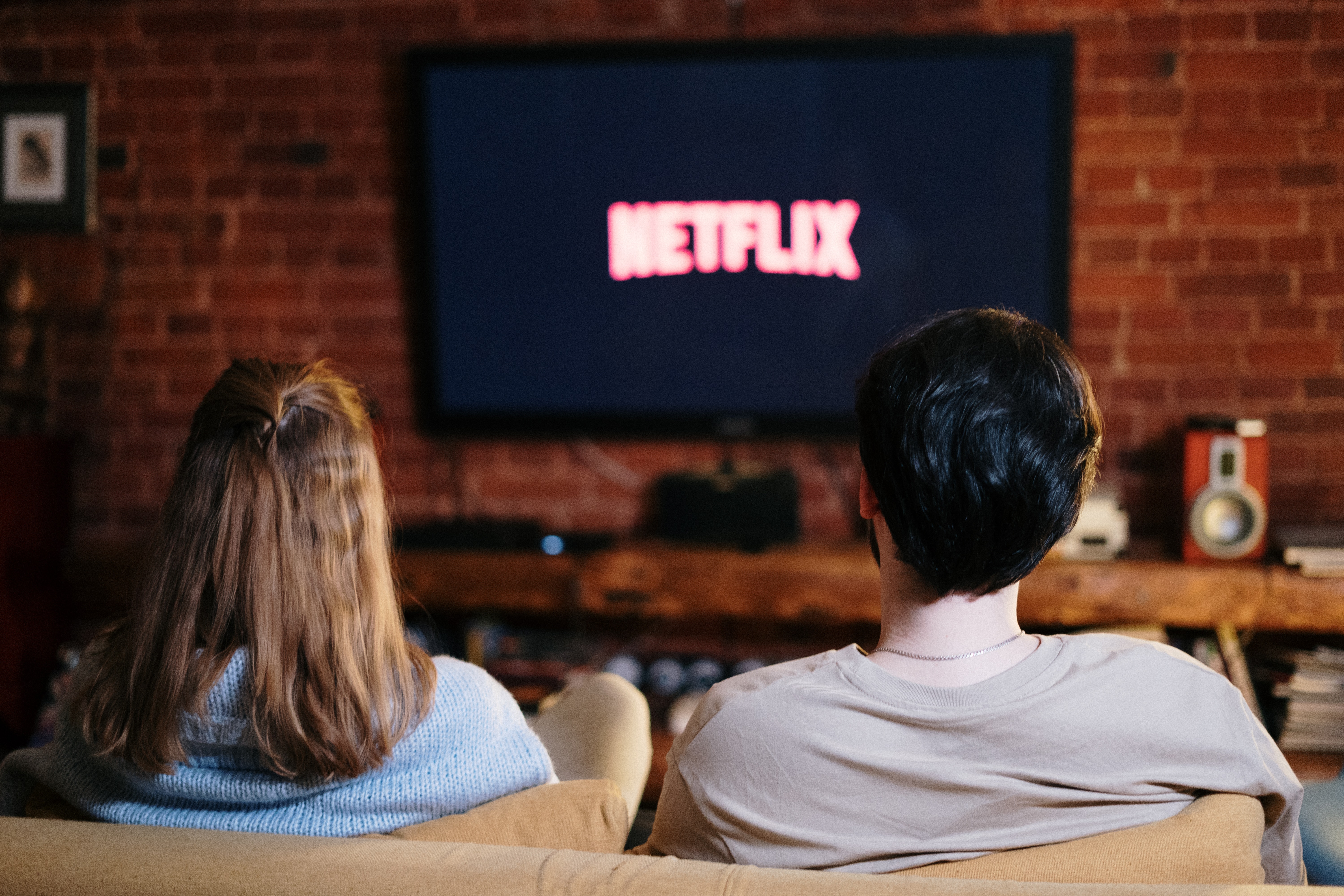
Reach Your Target Audience
Unlike traditional platforms like radio, cable television, and even print media, you’re not constricted to a geographic radius.
You can still manage your advertising reach based on geography (say, if you’re a local business), but you can also manage reach by:
- Niche or category of media watched
- The audience member’s demographic and psychographic traits, interests and affinities, shopping habits, etc
- Seasonality or timing
- Type of engagement with previous ads in your campaign
Instead of sending your ads to everyone on the platform, you can send your ads to a narrower band of viewers that align with your buyer personas.
With comprehensive data measurement, questions like - how is advertising reach measured? - are answered quickly and in granular detail.
Advertising Frequency
You may have your ads set to run 100 or 100,000 times a day on a given platform. But if your audience is small, you can quickly reach the point where every other advertisement a viewer sees is your same ad. This can quickly oversaturate your audience and make them bored.
Instead, you can control frequency on a far more individual level by capping views per unique viewer to once an hour, once a day, etc.
Then you can make sure you reach the right number of touchpoints through that specific ad: not so few that your audience forgets it, but not so many that the ad spend has diminishing or even negative returns.
You can even adjust your ads to play only during specific times, further customizing the window of exposure.
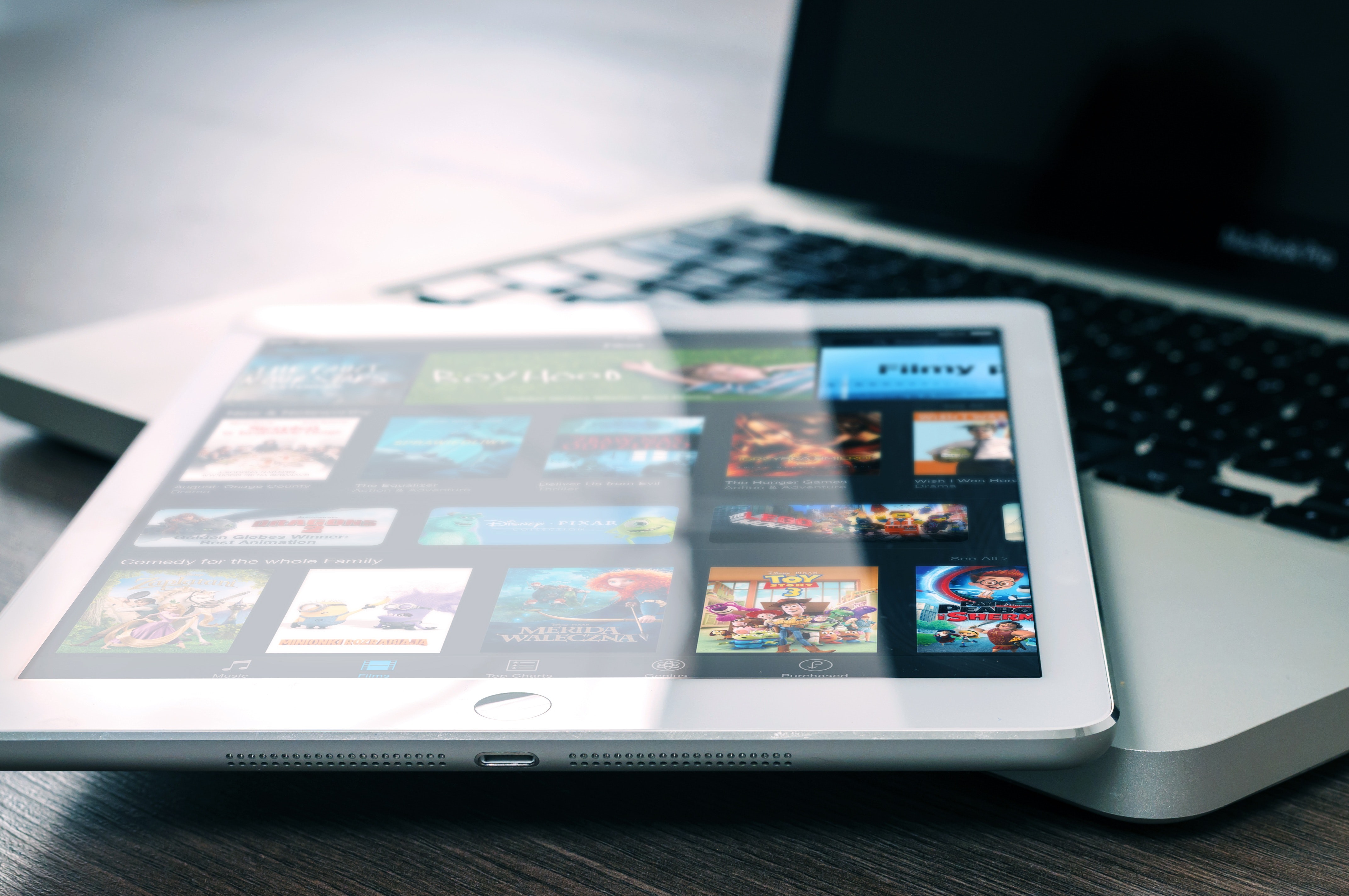
Digital Display Ads
Unlike unskippable OTT/CTV ads, digital display ads are often less interruptive and less costly, so you can afford to increase the frequency without necessarily increasing the risk of ad fatigue.
The leads who engage with these ads are also more likely to be warm leads that are motivated by an immediate need or the ad’s messaging.
However, it’s important to conduct thorough testing for any type of advertisement or platform. Your target markets will have their own thresholds for the optimal frequency threshold.
Build your advertising campaigns to include regular testing, refining, and optimization opportunities. Incorporating reports and analytics into your view of every in-progress campaign can help you monitor for developing ad fatigue or positive customer engagement.
Optimize Your Marketing Impact by Controlling Reach & Frequency
Constantly refining the reach and frequency of every ad campaign lets you protect your brand from ad fatigue and negative impressions. It also helps you formulate strategies for the future that optimize your marketing spend and give you the best ROI for different platforms.
With Strategus, discover more about how reach is calculated as we help you find the optimal balance of reach and frequency for each of your campaigns. Contact us today.
Click here to read our complete handbook for advertising frequency

Andy Dixon is a seasoned Content Writing Specialist at Strategus, renowned for his expertise in creating engaging and impactful digital content. With over a decade of experience in content creation, Andy has honed his skills in a variety of niches, ranging from technology and marketing to education.
Strategus is a managed services connected TV(CTV) advertising agency with over 60,000+ campaigns delivered. Find out how our experts can extend your team and drive the result that matter most.
Talk to an Expert
Table of Contents
Seeking a Custom CTV Strategy That Delivers?
What to read next

The Best Way to Use Google’s Keyword Planner
The best way to use Google’s keyword planner is to use it to forecast the amount of money you should be and could be spending. It literally tells you...
3 minutes read

6 Reasons Why You Should Invest in OTT Advertising
Since it’s very likely that every company you represent has customers watching streaming content, OTT advertising should be part of their next...
4 minutes read

Reach vs Frequency: Are You Prioritizing the Right Ad Metrics?
Programmatic advertising makes it possible to quantify ROI at every touchpoint and continuously optimize campaigns based on real-time data. Media...
6 minutes read

How to Build Relationships Through Effective Frequency in Advertising
How to Build Relationships Through Effective Frequency in Advertising -- Modern marketing trends evolve at a lightning-fast pace, but the core...
6 minutes read



